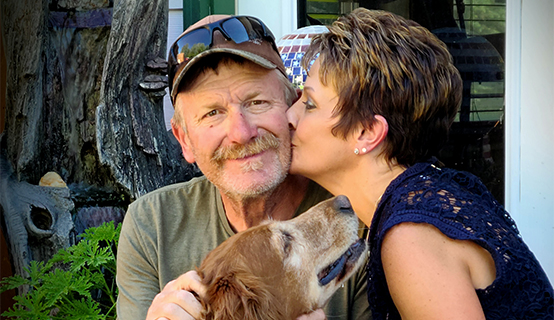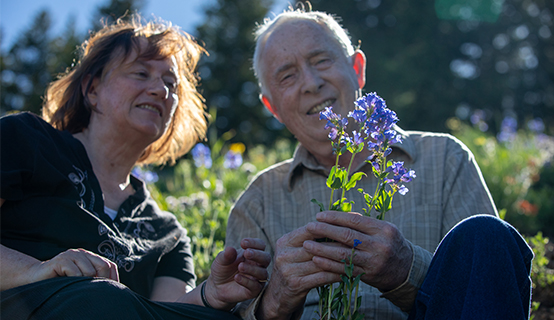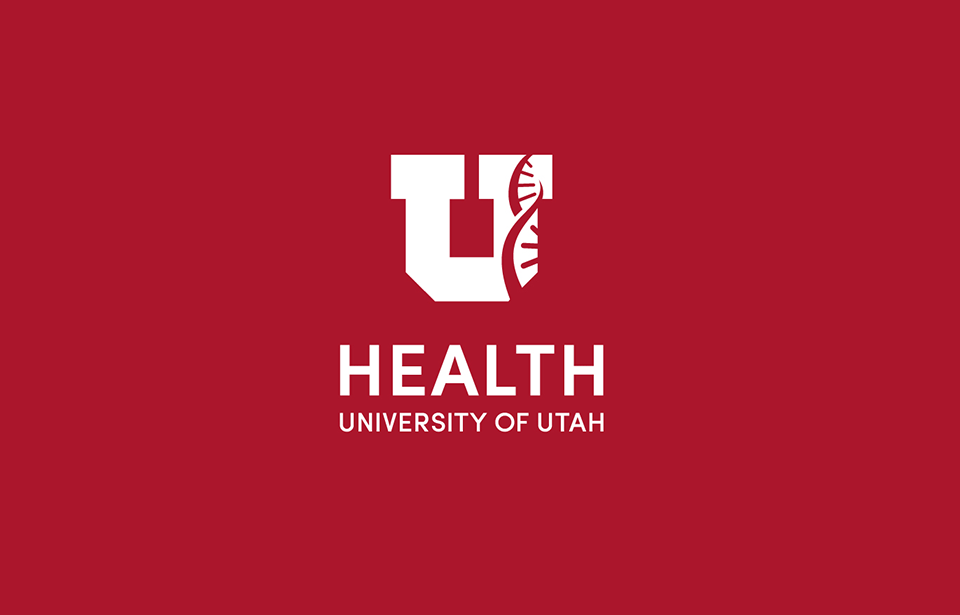What Is TAVR?
Transcatheter aortic valve replacement (TAVR) is a minimally invasive procedure to replace your aortic valve. The aortic valve controls blood flow from your heart to your aorta, the main artery that pumps blood to the rest of your body. You may need an aortic valve replacement if you have aortic valve disease, which may include a valve that doesn’t open normally (aortic stenosis) or leaks (aortic regurgitation). Your care team can determine whether you’re a candidate for TAVR.
SAVR vs. TAVR
Surgical aortic valve replacement (SAVR) is when your surgeon replaces your aortic valve by making a chest incision (cut) to access your heart. During TAVR, your surgeon accesses your heart by inserting a flexible, plastic tube (catheter) through one of your major blood vessels. You won’t have a large incision in a TAVR procedure.
Your surgeon may recommend TAVR over SAVR if you have severe aortic stenosis or health conditions that make open-heart surgery risky. Your surgeon may recommend a surgical valve replacement if your heart valves aren’t the right size for a transcatheter replacement or if they need to repair other heart problems during surgery.
TAVR heart surgery offers many benefits compared to open-heart surgery:
- Faster recovery
- Less pain
- Lower risk of complications
- Shorter hospital stays
Why Choose University of Utah Health?
The Structural Heart Program at U of U Health includes experts in TAVR and other valve disease treatments. Multiple specialists, including cardiologists, cardiothoracic surgeons, cardiac imaging specialists, and vascular surgeons, work together to create a personalized treatment plan. When you choose us for your cardiac care, you have access to an entire team of experts.
Our cardiologists and surgeons perform more than 150 TAVR procedures a year, making us one of the highest-volume centers in the Mountain West region. Your care is in the hands of experienced specialists with proven track records of excellence who follow national guidelines.
Who Qualifies for the TAVR Procedure?
Not everyone is a candidate for the TAVR heart procedure. Though TAVR is approved for all risk classifications, your surgeon will evaluate you to confirm that TAVR is appropriate for your specific situation. You may be a candidate for TAVR if you have:
- an aortic valve and blood vessels that are an appropriate size for the transcatheter approach and
- severe, symptomatic aortic stenosis.
You may also need a TAVR to replace a failing valve from a previous valve replacement surgery. This is called a valve-in-valve TAVR.
Find a Heart Team Specialist
TAVR Valve Types
During TAVR, your surgeon will replace your heart valve with a natural-tissue valve from the heart of a pig or cow. This is called a biological tissue valve.
Our surgeons offer both valve options (balloon-expandable and self-expandable valves) approved by the Food and Drug Administration. Your care team will discuss the valves' differences and recommend which is best for you before the procedure.
TAVR Procedure Steps
You usually receive conscious sedation under the supervision of an experienced cardiac anesthesiologist. In conscious sedation, you are awake but don’t remember anything after the procedure. You may receive general anesthesia, where you remain asleep, if needed. You’ll continue to breathe, and your heart will continue pumping blood normally through the procedure:
- Your surgeon will insert a catheter (long, flexible tube) through one of your major blood vessels or a small incision (cut).
- Next, your surgeon will direct the catheter to your heart with advanced imaging guidance.
- Then, your surgeon will thread a replacement valve through the catheter.
- To finish the procedure, your surgeon will place the TAVR valve into the damaged valve.
The valve will be crimped when it’s threaded through the catheter. When the valve is in position, your surgeon will expand it into place, replacing your damaged heart valve. The replacement valve will immediately function to replace the old valve.
How Long Does a TAVR Procedure Take?
A TAVR procedure may take about one to three hours.
This is a modal window.
What to Expect After TAVR Surgery
We’ll take you to a recovery room immediately after a TAVR procedure. Your care team will monitor your vital signs, and you may have an intravenous (IV) line to give you medication. You will be able to sit up, walk, eat, and visit with your loved ones within 8-12 hours.
You usually will return home after 1-2 days. Your doctor may prescribe blood thinning medicines or other medications to take for a period. They’ll also give you specific instructions about caring for your incision site.
TAVR Procedure Recovery Time
You’ll usually return to your typical activities within about one week after TAVR. You’ll see the structural heart nurse practitioner for 30 days after your procedure. They will conduct an echocardiogram to check your heart's electrical signals and function. We'll schedule additional follow-up appointments with the nurse practitioner for six months and one year for another echocardiogram.
Do You Need Blood Thinners After TAVR?
Some people will need blood thinners to prevent blood clots after TAVR. Your doctor will tell you whether you need blood thinners and discuss how long you need to take them.
TAVR Complications
A TAVR procedure has some risks and potential complications:
- Arrhythmias, which may require a permanent pacemaker
- Bleeding
- Blood vessel damage
- Heart attack
- Infection
- Problems with the replacement valve leaking or moving out of position
- Stroke
How Long Does a TAVR Valve Last?
The length of time in which a TAVR valve lasts depends on your activity level, age at the time the valve was placed, and other factors.
Life Expectancy After TAVR
Depending on your age, studies have shown aortic valve replacement can improve life expectancy when compared to conservative medical treatment. In severe symptomatic aortic stenosis, two-year survival rates are about 50% without replacement.
TAVR Success Rates
Most patients experience symptom improvements, such as reduced fatigue and shortness of breath, for years after a TAVR procedure. Your outcome will depend on multiple factors, including your lifestyle and overall health. Your cardiologist will set up a treatment plan to help keep you healthy long-term:
- Diet modifications
- Getting adequate exercise
- Taking your medications
Does Medicare Cover the TAVR Procedure?
Medicare covers the TAVR procedure for qualifying patients with severe aortic stenosis. Our team will help you understand your insurance coverage and costs before surgery.
Refer a Patient
You may refer a patient to our Structural Heart Program Clinic by calling 801-213-5922 or filling out an online referral.


Hear From Our Patients
Kirby Barker is no stranger to heart surgery. At the age of 56, he’d already undergone two open-heart operations to replace his aortic valves, stemming from chronic heart conditions. But Kirby came to University of Utah Health for something he couldn’t find anywhere else. a diverse team of skilled specialists collaborate to provide an unprecedented standard of truly personalized care.
For Kirby and his wife, Ruth, these specialists became known as the Kirby Barker Heart Dream Team, performing back-to-back heart valve replacement procedures with remarkable results.


I’m Ready to Get Going! TAVR Procedure Helps Patient Maintain the Active Lifestyle that He Loves
Martin’s keen awareness of his body and a gnawing feeling that something wasn’t right led him to visit with a local cardiologist. Just weeks later, Martin lost consciousness during a moderate bike ride. A bystander rushed to Martin’s aid and helped him recover his breath and stability. Martin had suffered a heart attack in 2012 due to coronary artery disease.


After Six Years of Living with Mechanical Heart Pump, Patient Receives the Ultimate Gift
Stephen Love suffered a massive heart attack in 2016. The incident left him severely injured with poor odds for survival and an uncertain future. After two weeks on various mechanical circulatory support devices, Love's cardiac team assessed him to see if he could benefit from the implantation of a left ventricular assist device (LVAD).



